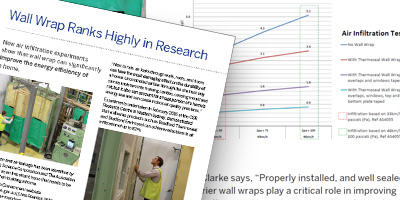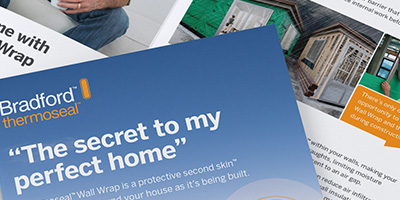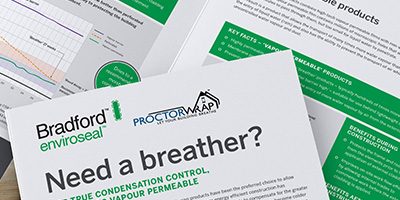NCC 2019 - Sarking Requirements for Non-Combustible Construction
WHAT IS THE REQUIREMENT?
On the 1st of May 2019, all Construction Certificates approved in accordance with the NCC 2019, will have new exclusions for sarking-type materials. Clause C1.9 (e) (vi) will state that sarking-type materials which do not exceed 1mm in thickness and have a Flammability Index not greater than 5, may be used where a non-combustible material is required in Type A and B construction.
NCC2019 Reference
C1.9 Non-combustible building elements
(a) In a building required to be a Type A or B construction, the following building elements and their components must be non-combustible:
(i) External walls and common walls, including all components incorporated in them including the facade covering, framing and insulation.
(e)The following materials may be used wherever a non-combustible material is required:
(i) Plasterboard.
(ii) Perforated gypsum lath with a normal paper finish
(iii) Fibrous-plaster sheet.
(iv) Fibre-reinforced cement sheeting.
(v) Pre-finished metal sheeting having a combustible surface finish not exceeding 1mm thickness and where the Spread-of-Flame Index of the product is not greater than 0.
(vi) Sarking-type materials that do not exceed 1mm in thickness and have a Flammability Index not greather than 5.
HOW TO CHOOSE THE RIGHT SARKING FOR TYPE A/B CONSTURCTION
All Bradford wall wraps and roof sarkings comply to clause C1.9 (e), however, choosing the right sarking can greatly improve weatherproofing and minimise the risk of condensation in commercial buildings. It is important to understand that the water barrier properties of a sarking and the climate zone of construction should be considered before choosing any product.
General Considerations
- It is recommended that any sarking be classified as a Water Barrier in accordance with AS/NZS 4200.1, to provide protection against wind driven rain and water ingress. If a sarking material is perforated or considered a Non-Water Barrier in accordance with AS4200.1, it may not be able to provide weather protection.
- For cooler climate zones, a vapour permeable sarking can greatly improve weather resistance and lower the risk of condensation by allowing internally generated water vapour to escape the building.
- For hot, humid climate zones, a vapour barrier sarking can greatly improve weather resistance and lower the risk of condensation by preventing external water vapour from entering the building.
The range of suitable sarking products offered by CSR Bradford see the summary table provided below, or download the detailed brochure for more information.
| THERMOSEAL FIRESPEC | THERMOSEAL WALL WRAP XP | THERMOSEAL WALL WRAP PRIME XP | ENVIROSEAL RW & CW | |
|---|---|---|---|---|
| VAPOUR CONTROL CLASSIFICATION | CLASS 2 (MEDIUM) VAPOUR BARRIER | CLASS 1 (HIGH) VAPOUR BARRIER | CLASS 2 (MEDIUM) VAPOUR BARRIER | CLASS 4 (LOW) VAPOUR BARRIER |
| CLIMATE CONSIDERATION | Recommended for warmer climates where lower insulation values are used | Recommended for tropical climate zones | Recommended for hot to humid climates where lower insulation values are used | Recommended for cooler climate where higher insulation values are used |
| WATER CONTROL CLASSIFICATION | Water Barrier (HIGH) | |||
| DUTY CLASSIFICATION | EXTRA HEAVY DUTY | MEDIUM | MEDIUM | LIGHT* |
| NOMINAL THICKNESS | <1mm | |||
| FLAMMABILITY INDEX | ≤5 | |||




